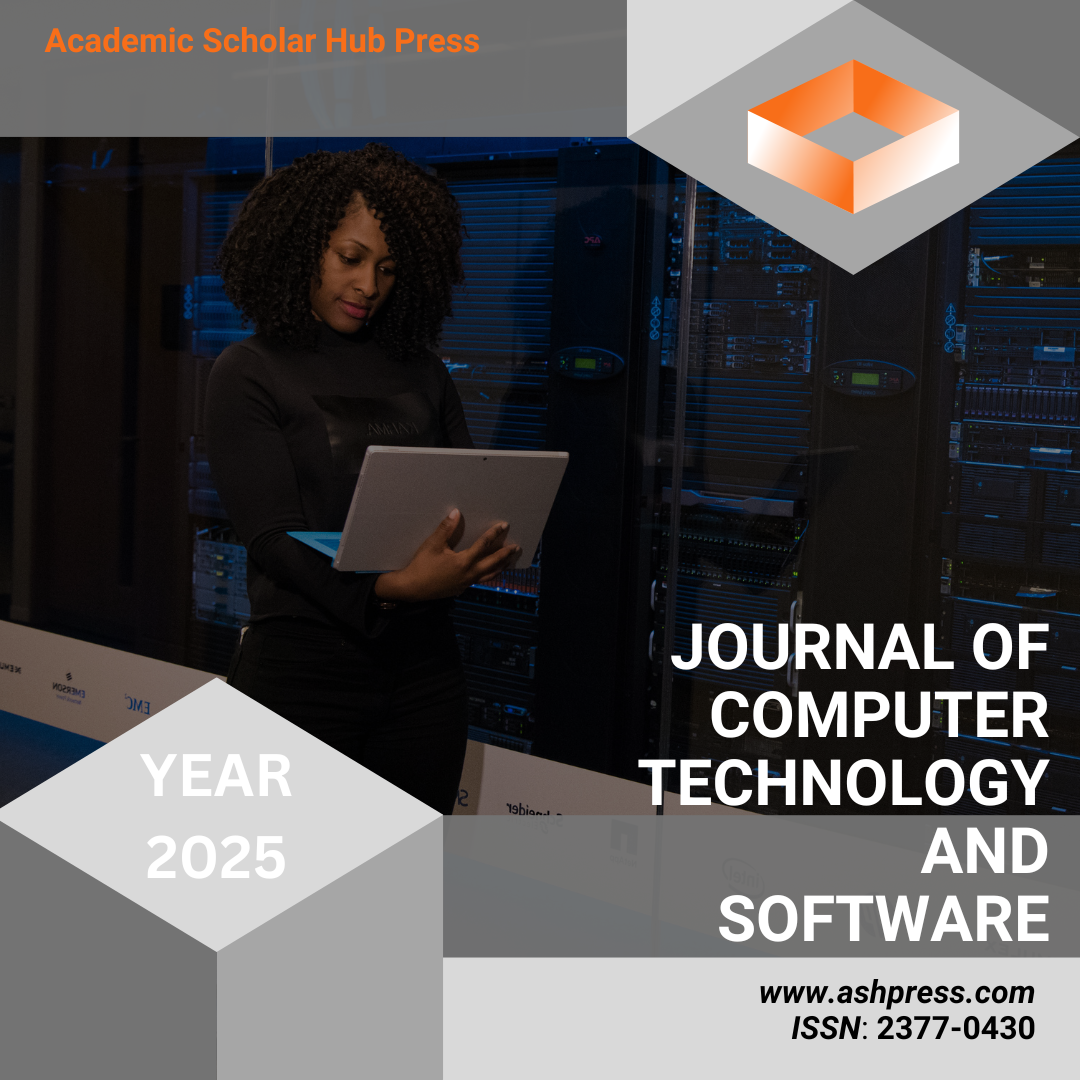Published 2025-07-30
How to Cite

This work is licensed under a Creative Commons Attribution 4.0 International License.
Abstract
This paper proposes a temporal-graph attention-based method for EEG anomaly detection, aiming to effectively model the spatiotemporal dependencies in multi-channel EEG data. The raw EEG signals are first transformed into a sequence of dynamic graphs, where the neural channel structure at each time point is naturally represented as a graph. A temporal-graph attention module is then introduced, combining graph structural attention across nodes and self-attention along the temporal dimension. These components are used to extract spatial interaction patterns and dynamic temporal features, respectively. The model constructs joint node-time representations to focus precisely on local abnormal signals and to capture cross-channel abnormal propagation patterns. During feature fusion, a global aggregation strategy is applied to enhance the model's ability to discriminate whole-brain states. Experiments are conducted on the TUH Abnormal EEG dataset, with systematic evaluations under different window lengths, channel numbers, and labeling proportions. Results demonstrate the stability and effectiveness of the proposed method in various complex modeling settings. The model consistently outperforms existing methods in terms of accuracy, sensitivity, and specificity, showing advantages in modeling sparse anomalies and non-Euclidean dependencies. In addition to general neurological disorders, this framework holds promise for aiding tumor-related brain activity monitoring, as certain brain neoplasms can induce electrophysiological disruptions detectable by EEG. The proposed method is well-suited for automated and structure-aware EEG anomaly detection in clinical monitoring scenarios.
